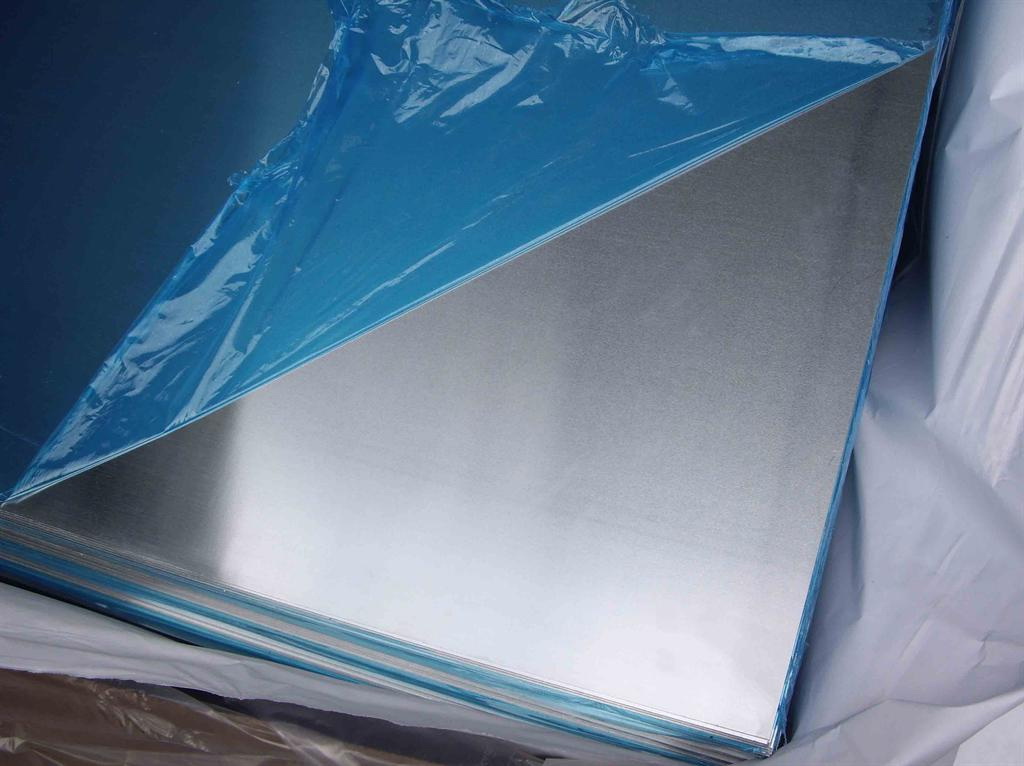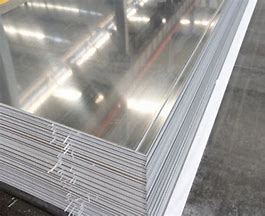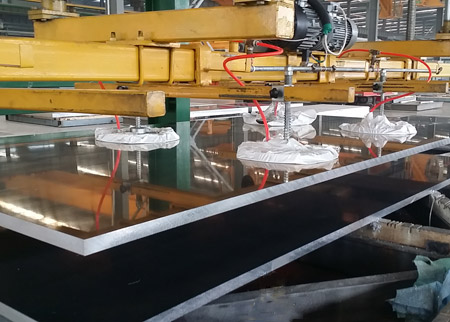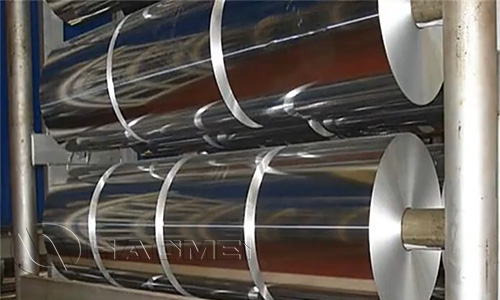



Let's continue to analyze the role of common elements in aluminum alloys. And we are going to talk about the roles of Mg, Mn and Zn, which is related to 5 series aluminum alloy, 3 series aluminum alloy and 7 series aluminum alloy respectively.
The strengthening of magnesium to aluminum is obvious. For every 1% increase of magnesium, the tensile strength increases by about 34MPa. If less than 1% manganese is added, the strengthening effect may be supplemented. Therefore, adding manganese can reduce the magnesium content and reduce the tendency of hot cracking. In addition, manganese can make the Mg5Al8 compound uniformly precipitate, and improve the corrosion resistance and welding performance.
At the eutectic temperature of 658, the maximum solubility of manganese in solid solution is 1.82%. The strength of the alloy increases continuously with the increase of solubility, and the elongation reaches the maximum value when the manganese content is 0.8%. Al-Mn alloys are non-age hardening alloys, that is, they cannot be heat treated to strengthen.
Manganese can prevent the recrystallization process of aluminum alloys, increase the recrystallization temperature, and can significantly refine the recrystallization grains. The refinement of recrystallized grains is mainly due to the hindering effect of MnAl6 compound dispersed particles on the growth of recrystallized grains. Another function of MnAl6 is to dissolve impurity iron, form (Fe, Mn) Al6, and reduce the harmful effects of iron.
Manganese is an important element of aluminum alloys. It can be added alone to form Al-Mn binary alloys, and more often it is added together with other alloying elements. Therefore, most aluminum alloys contain manganese.
The solubility of zinc in aluminum is 31.6% at the Al-rich part of the Al-Zn alloy system equilibrium phase diagram at 275, while its solubility drops to 5.6% at 125.
Zinc is added to aluminum alone, and the strength improvement of aluminum alloy is very limited under deformation conditions, and there is a tendency of stress corrosion cracking and stress corrosion cracking, thus limiting its application.
The addition of zinc and magnesium to aluminum at the same time forms the strengthening phase Mg/Zn2, which has a significant strengthening effect on the alloy. When the Mg/Zn2 content is increased from 0.5% to 12%, the tensile strength and yield strength can be significantly increased. When the content of magnesium exceeds the superhard aluminum alloy required to form the Mg/Zn2 phase, when the ratio of zinc and magnesium is controlled at about 2.7, the stress corrosion cracking resistance is the largest.
If copper is added on the basis of Al-Zn-Mg to form an Al-Zn-Mg-Cu alloy, the matrix strengthening effect is the largest among all aluminum alloys, and it is also an important aluminum alloy material in aerospace, aviation industry, and electric power industry.
* Thank you for your inquiry. Please provide your business needs information so that we can better serve you.
This information can help us assign the most suitable person to solve your problem. We will give you feedback within 1-2 working days.
Related Blog







